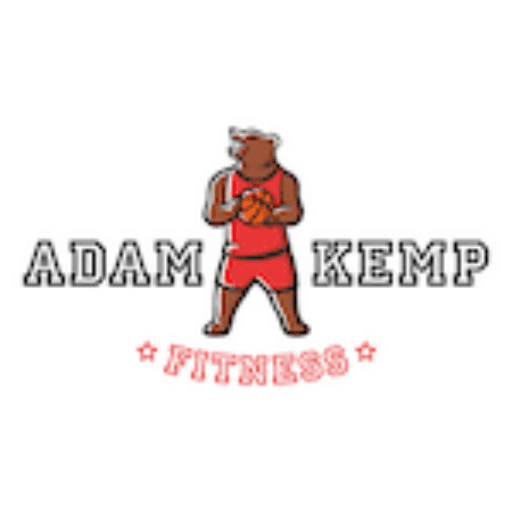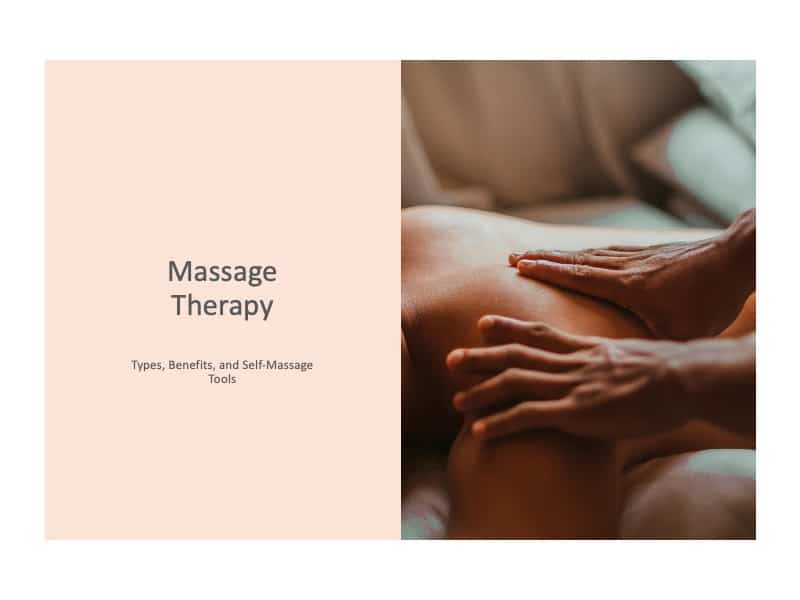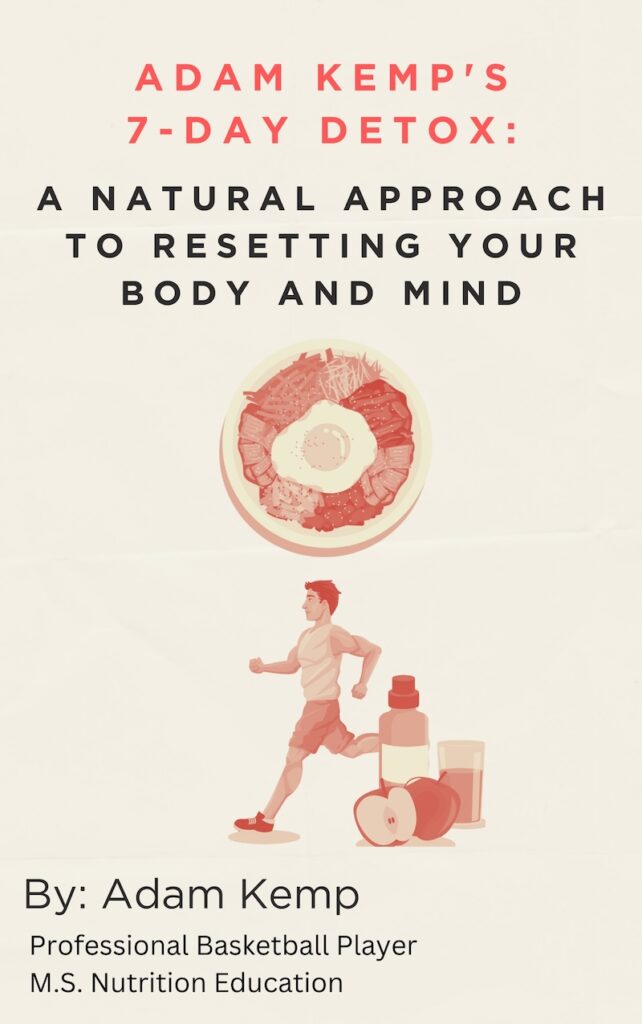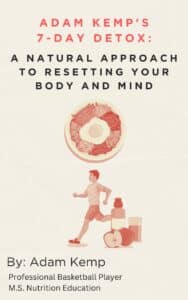Massage Therapy: What it is, Types, Benefits, And More!
Massage therapy has stood the test of time as one of the most effective and natural healing modalities for the body and mind.
Whether you’re recovering from injury, managing stress, or simply seeking a deeper connection with your body, therapeutic massage offers tangible benefits that support physical, emotional, and mental wellness.
Today, massage therapy includes an impressive range of techniques, from relaxing Swedish massage to performance-focused sports massage and detoxifying lymphatic drainage.
Additionally, it’s no longer limited to spas or clinics, as self-massage tools now make this therapy more accessible than ever for athletes, active lifestyle advocates, and wellness seekers alike.
As a professional athlete with over a decade of experience in high-level physical performance, I’ve used massage therapy not only to recover from intense training and injury but also to enhance my mobility, circulation, and overall well-being.
When used intentionally and regularly, massage can improve immune function, reduce chronic pain, and lower stress hormones, making it a key component of sustainable health.
In this guide, you’ll learn about the different types of massage therapy, their researched benefits, and the best self-massage tools to try in your daily routine.
Whether you’re new to massage therapy or refining your recovery plan, this article will help you build an evidence-based approach to total-body care.
What is Massage Therapy?
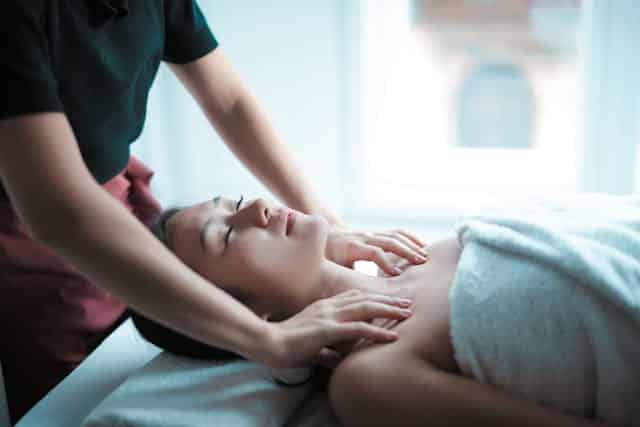
Massage therapy involves manipulating the body’s soft tissues—muscles, tendons, ligaments, and skin—using various techniques to improve physical and emotional well-being.
Studies have shown that massage can reduce cortisol levels, increase serotonin, and even boost immune function (Field, 2016).
Whether you’re dealing with chronic pain, seeking stress relief, or enhancing athletic performance, there’s a massage technique or tool tailored to your needs.
Types of Massage Therapy
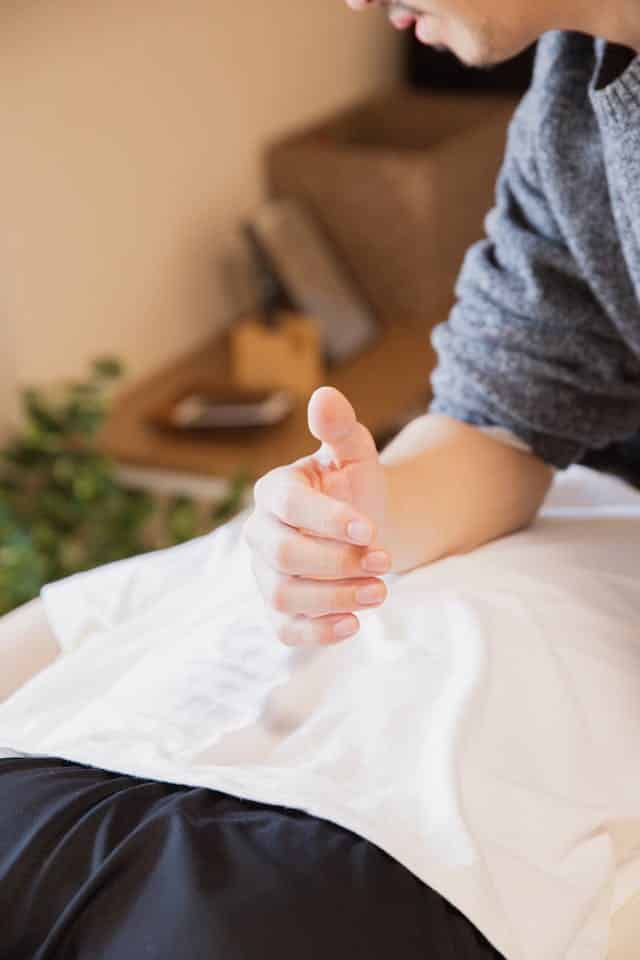
Massage therapy offers a variety of techniques designed to cater to specific needs, from stress relief to chronic pain management.
Each type employs unique methods, pressures, and focuses, making it essential to choose the one that aligns with your goals.
Understanding the differences between techniques like Swedish massage, deep tissue therapy, or even lymphatic drainage can help you find the ideal approach for your wellness journey.
1.) Swedish Massage
Swedish massage is one of the most popular forms, known for its gentle strokes and kneading. It’s ideal for beginners or those seeking relaxation.
- Benefits: Reduces stress, improves circulation, and relieves muscle tension.
- Ideal for: Stress relief and general relaxation.
- Duration: 60–90 minutes.
2.) Deep Tissue Massage
This technique targets the deeper layers of muscle and connective tissue to address chronic pain or tightness.
- Benefits: Relieves chronic pain, breaks up scar tissue, and improves mobility.
- Ideal for: Athletes or individuals with chronic muscle tension.
- Duration: 60–90 minutes.
3.) Sports Massage
Sports massage combines techniques like deep tissue and stretching to aid recovery and prevent injuries.
- Benefits: Enhances flexibility, reduces muscle soreness, and improves performance.
- Ideal for: Athletes and physically active individuals.
- Duration: 60–90 minutes.
4.) Shiatsu Massage
This Japanese technique uses rhythmic pressure on specific points to balance energy and promote relaxation.
- Benefits: Improves sleep, reduces muscle tension, and alleviates headaches.
- Ideal for: Stress relief and energy balance.
- Duration: 60–90 minutes.
5.) Hot Stone Massage
Heated stones are used to relax muscles and improve circulation.
- Benefits: Eases tension, boosts blood flow, and promotes deep relaxation.
- Ideal for: Muscle pain and stress relief.
- Duration: 90 minutes.
6.) Prenatal Massage
Designed for expectant mothers, this gentle massage alleviates pregnancy-related discomforts.
- Benefits: Reduces back pain, swelling, and stress.
- Ideal for: Pregnant women (consult your doctor first).
- Duration: 45–60 minutes.
7.) Trigger Point Therapy
This massage focuses on relieving tight areas in muscles that cause referred pain in other parts of the body.
- Benefits: Reduces pain and improves range of motion.
- Ideal for: Chronic pain sufferers.
- Duration: 60–90 minutes.
8.) Lymphatic Drainage Massage
This gentle technique encourages the movement of lymph fluids to detoxify the body.
- Benefits: Reduces swelling, improves circulation, and boosts immunity.
- Ideal for: Individuals with lymphedema or detoxification needs.
- Duration: 60 minutes or longer.
The Benefits of Massage Therapy
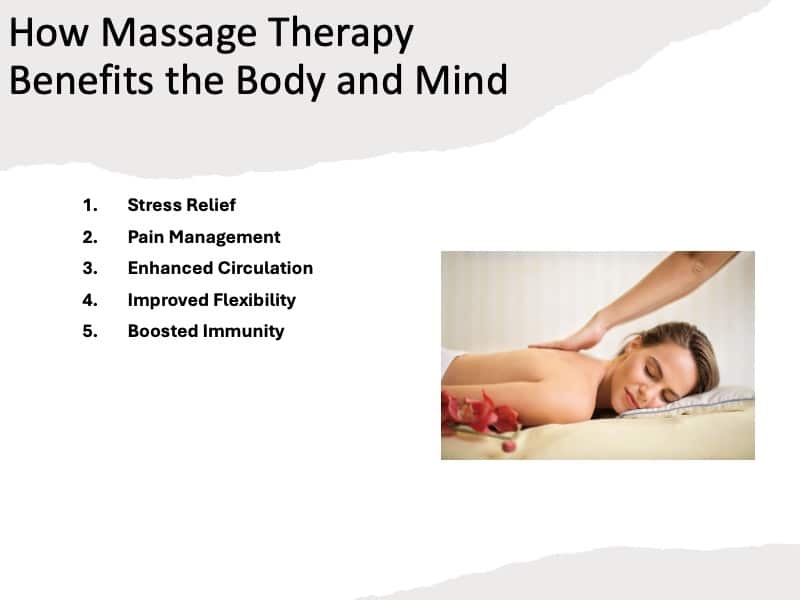
The benefits of massage therapy go beyond relaxation.
This ancient practice offers proven benefits for physical, mental, and emotional health, including stress reduction, pain relief, improved circulation, and enhanced immune function.
Whether you’re recovering from an injury or simply seeking balance in your daily life, the therapeutic effects of massage can transform your overall well-being.
1.) Stress Reduction
Massage therapy is well-documented for its ability to reduce cortisol, the body’s primary stress hormone, while increasing levels of serotonin and dopamine, which are neurochemicals associated with mood stabilization and relaxation.
This hormonal shift supports better sleep, decreased anxiety, and reduced symptoms of burnout.
In individuals experiencing chronic stress or high cognitive demands, regular massage can act as a natural remedy for stress and a restorative reset for both mind and body.
2.) Pain Relief
One of the most common reasons people seek a massage is to relieve physical pain.
Whether you’re dealing with lower back pain, tension headaches, muscle strains, or arthritis, targeted massage techniques help reduce inflammation, release trigger points, and improve blood flow to the affected areas.
Increased circulation brings oxygen and nutrients to damaged tissues, accelerating the healing process and supporting rehabilitation from injuries or overuse.
3.) Improved Circulation
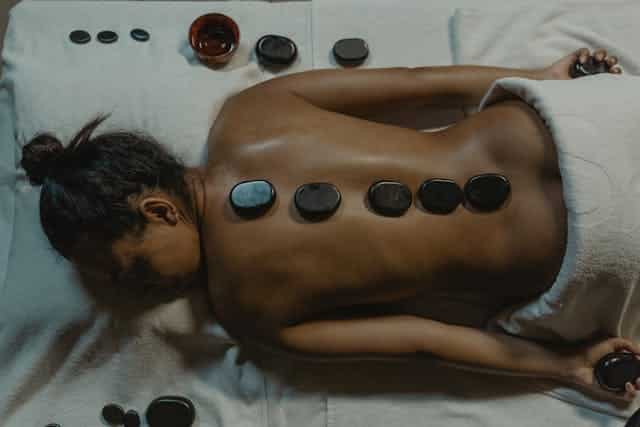
Massage techniques like effleurage and compression strokes stimulate blood and lymphatic flow, which helps deliver nutrients to muscles and tissues while aiding the removal of metabolic waste.
Better circulation also supports healthy blood pressure levels, reduces swelling, and promotes vascular elasticity, which are crucial for cardiovascular function and daily energy levels.
4.) Increases Flexibility, Mobility & Posture
Massage therapy helps to stretch shortened muscles, lengthen connective tissue, and release adhesions or scar tissue that limit movement.
For athletes and active individuals, this improves joint range of motion, muscle elasticity, and functional biomechanics.
Over time, regular massage may also correct muscular imbalances and poor postural habits that contribute to pain or dysfunction.
5.) Boosted Immunity
Research has shown that massage can elevate natural killer cells and lymphocyte levels, which are key components of the immune system responsible for defending the body against illness (Field, 2016).
Additionally, techniques like lymphatic drainage encourage the flow of lymphatic fluid, helping flush toxins from the body and reducing water retention or swelling.
Safety Considerations
Massage therapy is generally safe, but certain conditions require caution. Avoid massage if you have:
- Open wounds or skin infections.
- Severe osteoporosis.
- Blood clots or deep vein thrombosis (DVT).
- Heart problems (consult your doctor first).
Self-Massage Tools: Massage Therapy At-Home
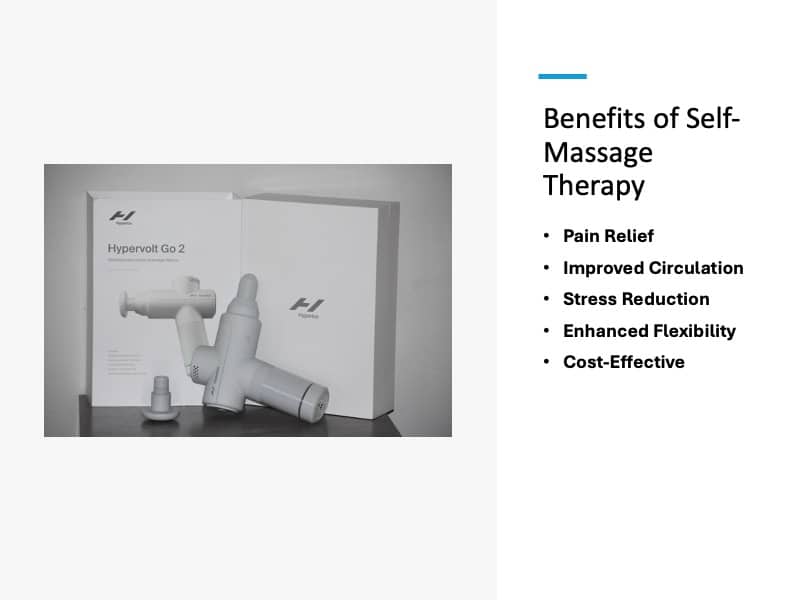
While professional massage therapy is invaluable, self-massage therapy brings convenience and affordability to muscle recovery and relaxation.
These innovative devices mimic the techniques of a trained therapist, allowing you to target sore muscles and tension anytime.
From massage guns to foam rollers, these tools are a game-changer for maintaining a consistent self-care routine.
Before you take a look at the best self-massage tools, here are some tips for determining which is right for you:
- Identify Your Needs: Consider whether you’re seeking relaxation, pain relief, or recovery from physical activity.
- Consult a Professional: Speak with a massage therapist or healthcare provider to determine the most suitable type of massage.
- Assess Your Budget: Professional massages can range from $60 to $150 per session. Self-massage therapy tools offer a more affordable, long-term solution.
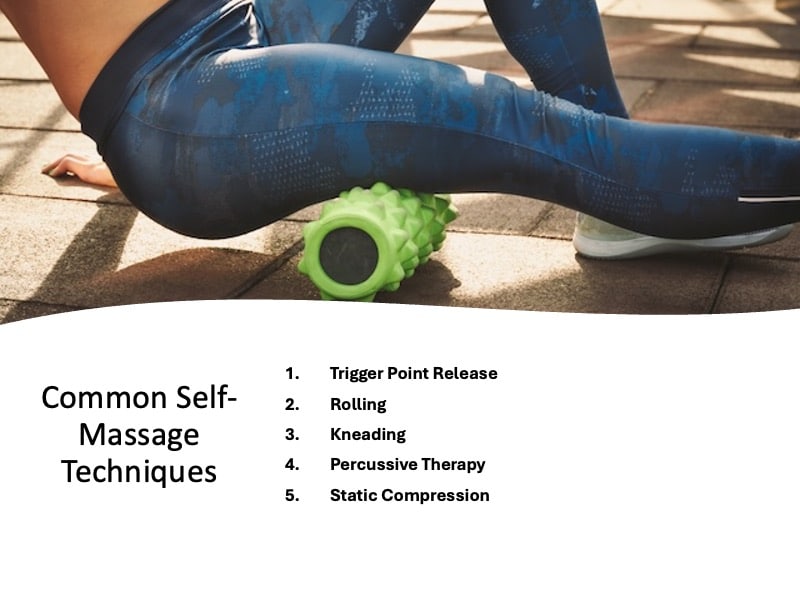
1.) Massage Guns
Massage guns like the Theragun provide percussive therapy to relieve muscle tension and stimulate blood flow.
- Best For: Targeting specific muscle groups like the quads, calves, or shoulders.
- Features to Look For: Adjustable speed settings, ergonomic design, and portability.
I currently own a TheraGun G5 Pro and a Hypervolt Go 2. The Theragun Pro is excellent for deep relief and its variety of options, while the Hypervolt Go 2 excels as a portable massage gun.
Last update on 2025-04-29 / This article includes affiliate links/Images via Amazon Product Advertising API. I may earn commissions on purchases made through these links.
Last update on 2025-04-29 / This article includes affiliate links/Images via Amazon Product Advertising API. I may earn commissions on purchases made through these links.
2.) Foam Rollers
Foam rolling is excellent for self-myofascial release, alleviating muscle tightness, and improving flexibility.
- Best For: Large muscle groups like the back, hamstrings, and IT band.
- Popular Models: TriggerPoint GRID Foam Roller, Therabody Wave Roller
I own a variety of different foam rollers, but I especially enjoy using the Therabody Wave Roller, which vibrates to promote additional muscle relaxation.
Last update on 2025-04-29 / This article includes affiliate links/Images via Amazon Product Advertising API. I may earn commissions on purchases made through these links.
3.) Massage Canes
Thera Cane Massagers allow you to apply pressure to hard-to-reach areas, like the upper back.
- Best For: Trigger point therapy and targeted pain relief.
Last update on 2025-04-29 / This article includes affiliate links/Images via Amazon Product Advertising API. I may earn commissions on purchases made through these links.
4.) Acupressure Mats
These mats use spiky nodes to stimulate pressure points, promoting relaxation and pain relief.
- Best For: Full-body stress relief and improved circulation.
Last update on 2025-04-29 / This article includes affiliate links/Images via Amazon Product Advertising API. I may earn commissions on purchases made through these links.
5.) Heat Massagers
Devices like heated neck pillows combine warmth with kneading motions to soothe sore muscles.
- Best For: Neck and upper back tension.
Last update on 2025-04-29 / This article includes affiliate links/Images via Amazon Product Advertising API. I may earn commissions on purchases made through these links.
Final Thoughts: How to Incorporate Massage Therapy Into Your Life
Massage therapy isn’t just a luxury or occasional indulgence—it’s a foundational pillar of a balanced, proactive wellness strategy.
By supporting physical recovery, reducing chronic stress, and improving overall vitality, it plays a critical role in long-term health and performance.
For athletes, busy professionals, or anyone managing physical and mental demands, massage therapy offers sustainable, evidence-based support for both prevention and recovery.
Whether you schedule a weekly professional session or build a daily routine with self-massage tools like foam rollers or massage guns, consistency is key.
Start by identifying your primary needs, whether it’s stress relief, muscle recovery, injury prevention, or sleep improvement, and match them with the appropriate massage techniques or tools.
Experiment with what feels best for your body, and don’t hesitate to consult a licensed massage therapist or healthcare provider for personalized guidance.
Even short sessions of 10–15 minutes a day using at-home massage tools can deliver powerful results when practiced consistently.
Paired with other healthy habits, like daily movement, proper hydration, and healthy eating, massage therapy can help you unlock deeper recovery, performance, and well-being.
The most important step? Make massage therapy a habit, not just a reaction to pain.
When used proactively, it becomes one of the most effective strategies to keep your body mobile, mind clear, and life in balance.
